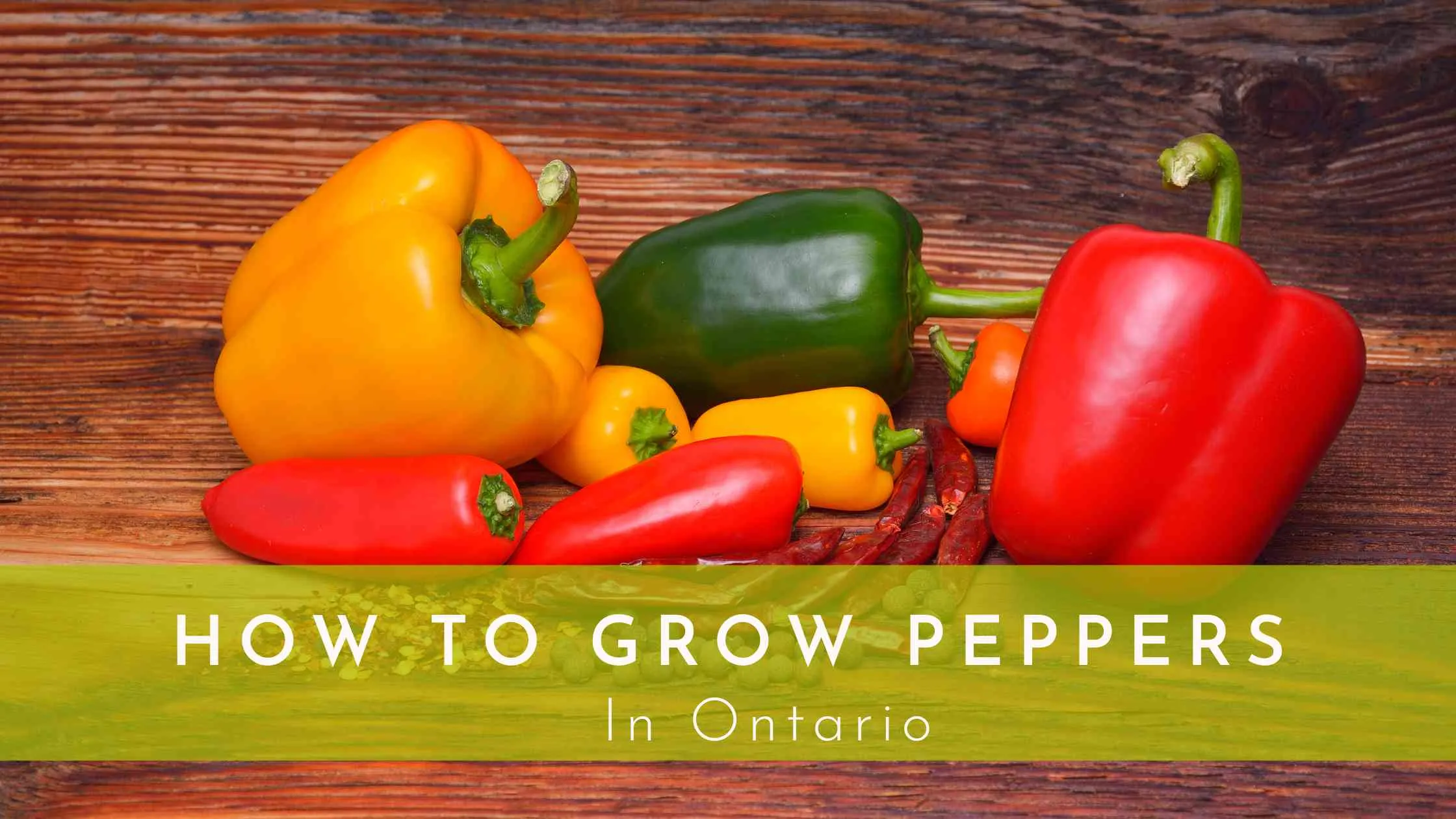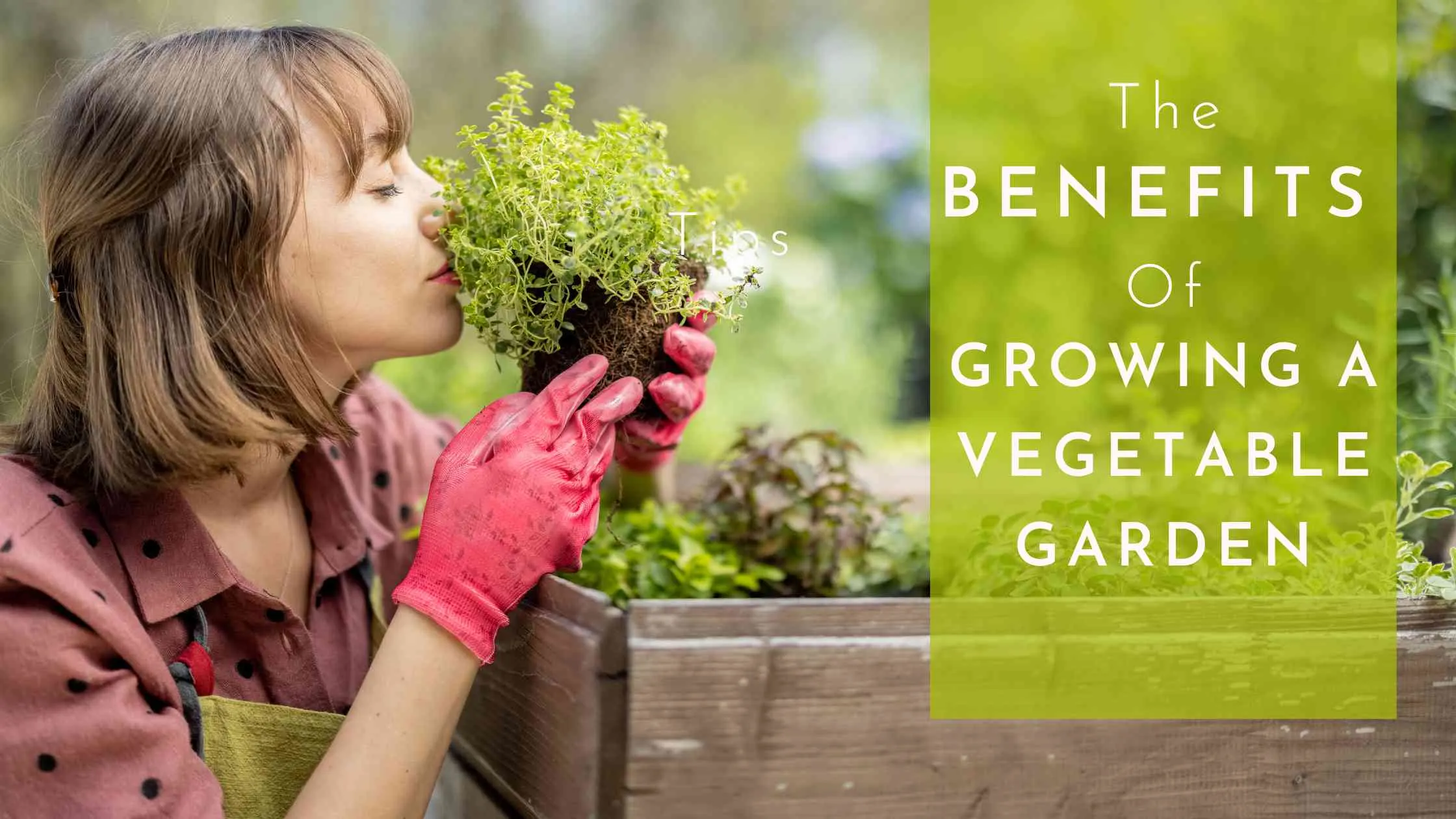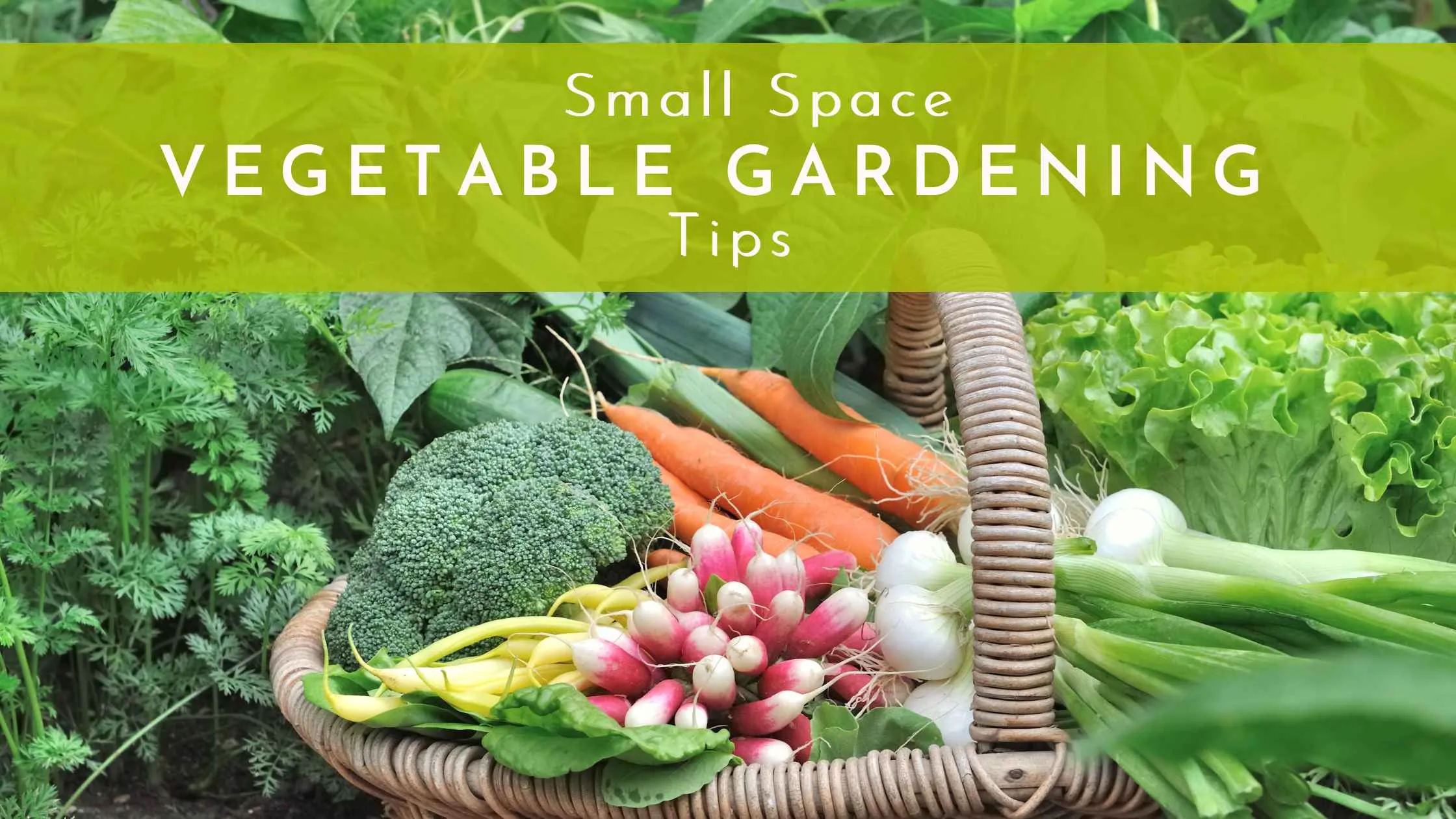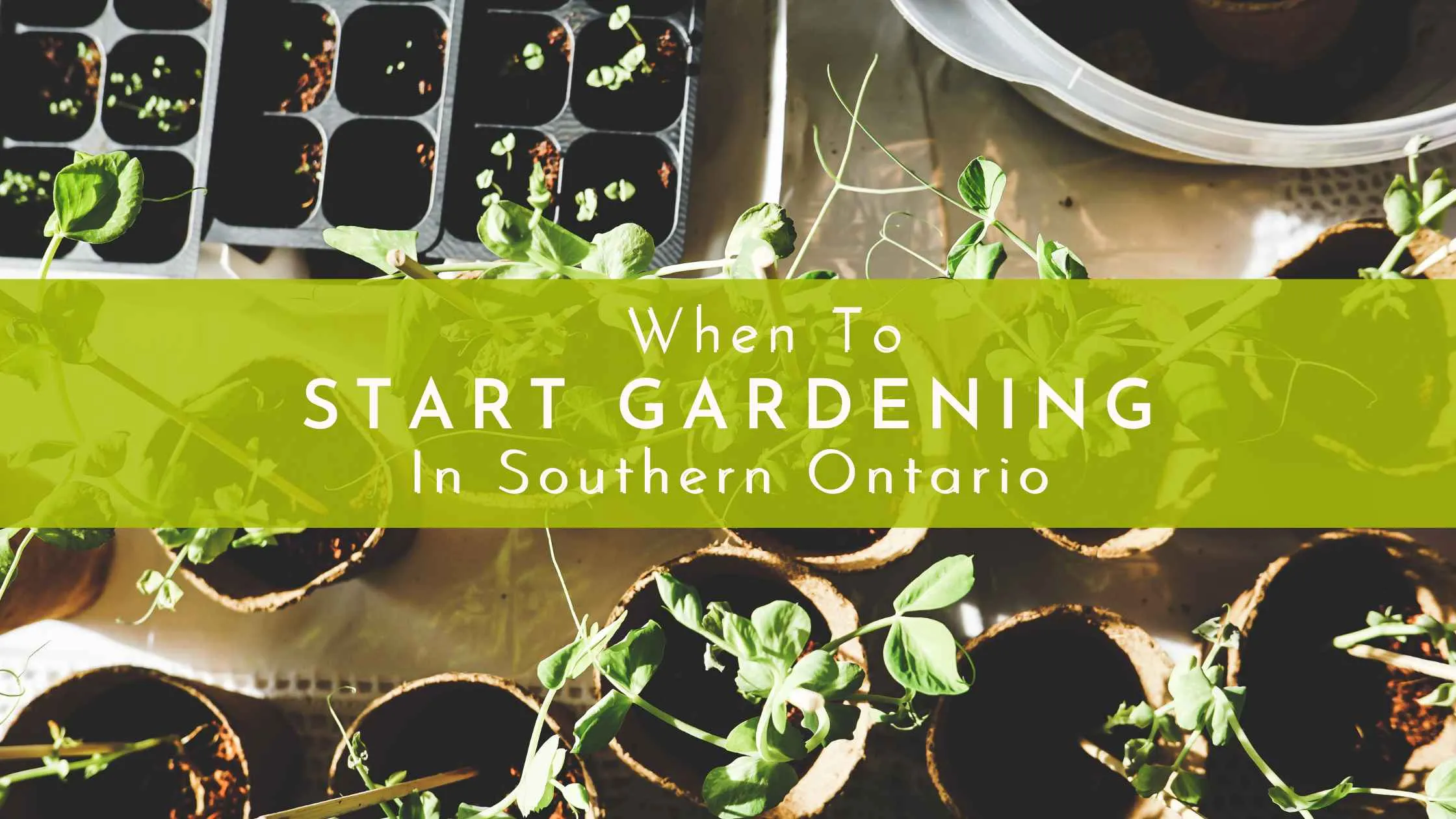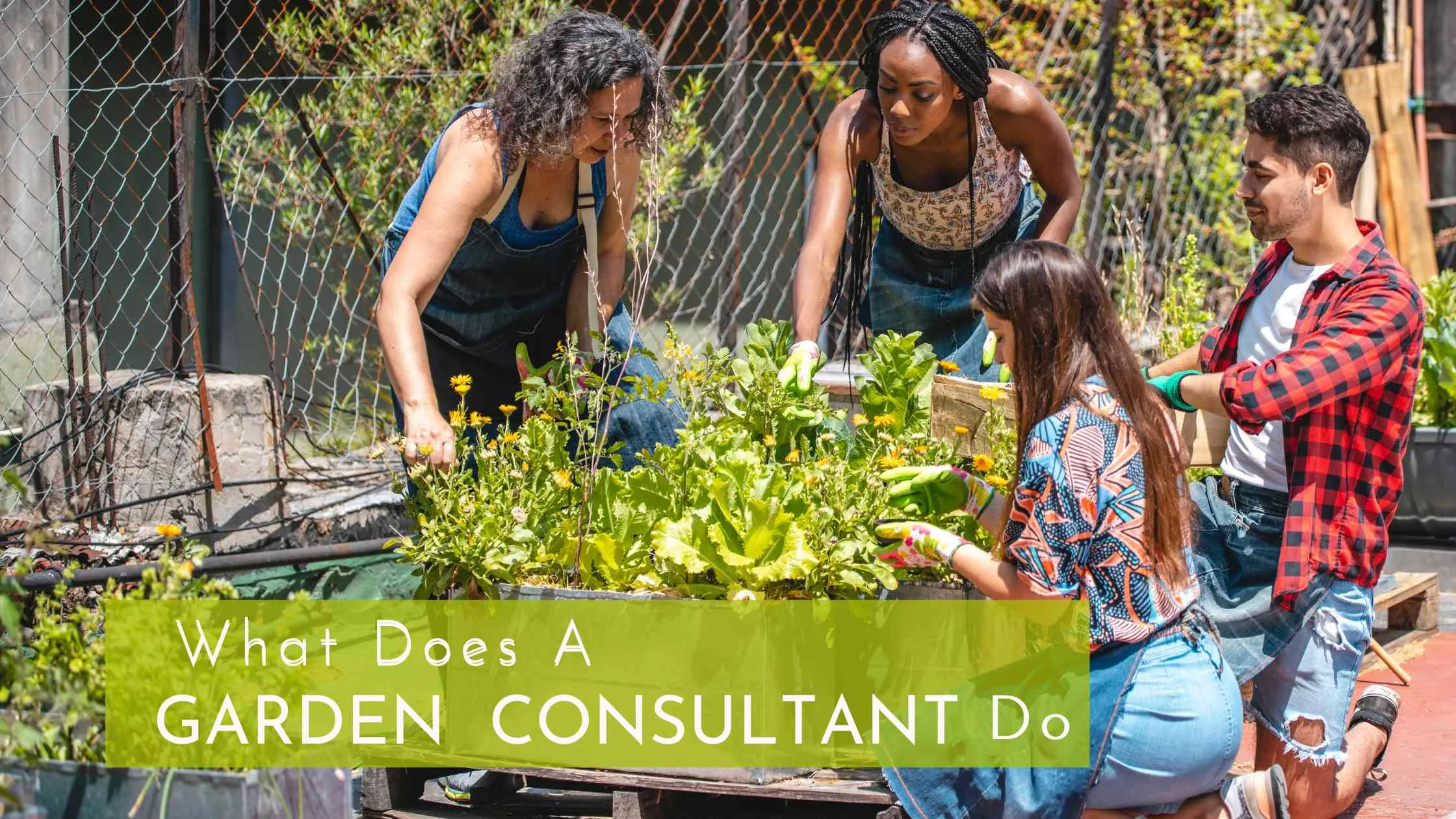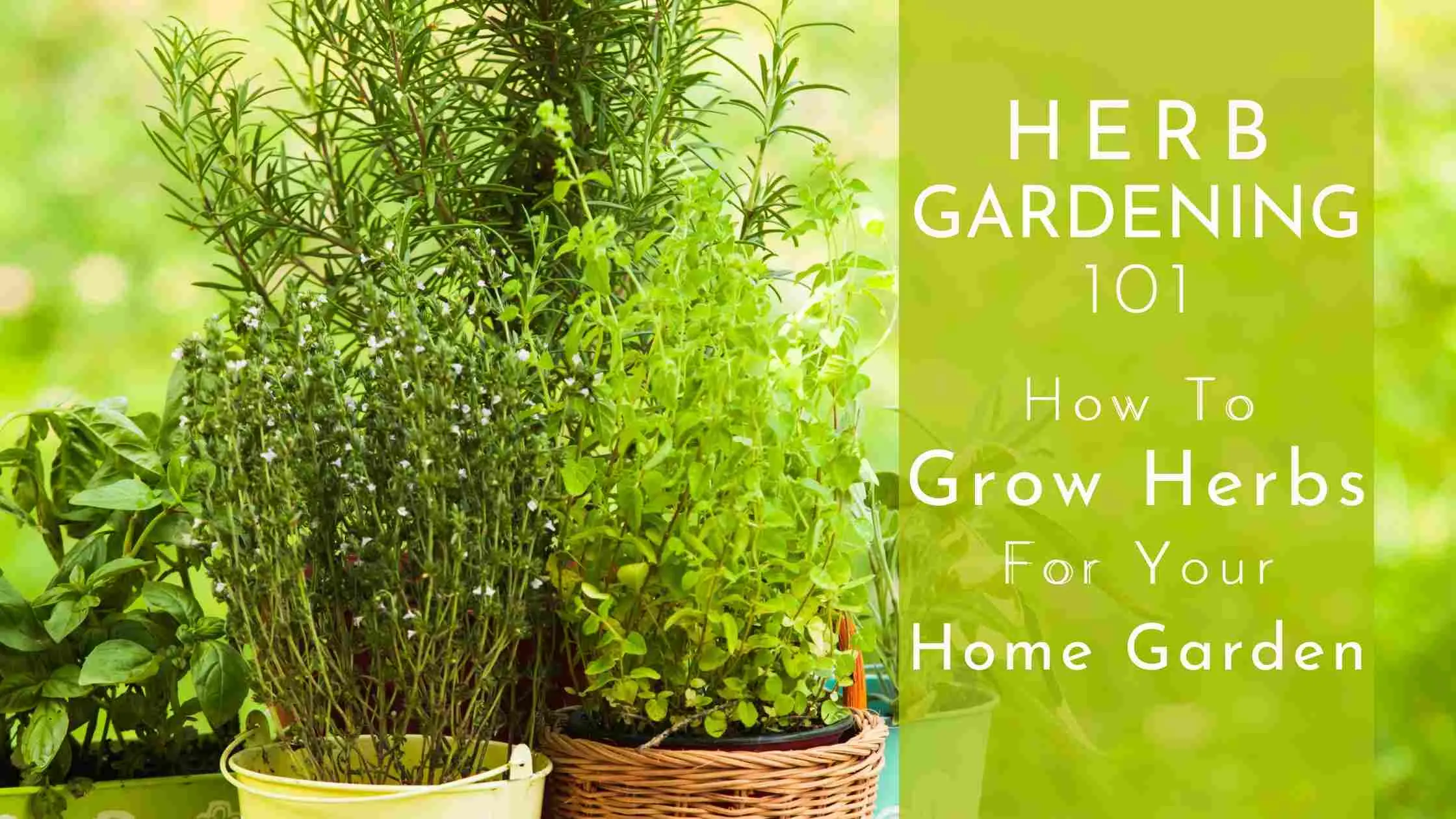The Benefits of Planting in Fall
When most gardeners think of planting, they imagine spring, with its fresh blooms and warming days. However, fall planting can be a game-changer, especially for those working in a small space or raised bed garden. By taking advantage of the cooler temperatures and unique growing conditions, fall planting can extend your growing season, offer more abundant harvests, and ensure your garden remains productive until the frost.
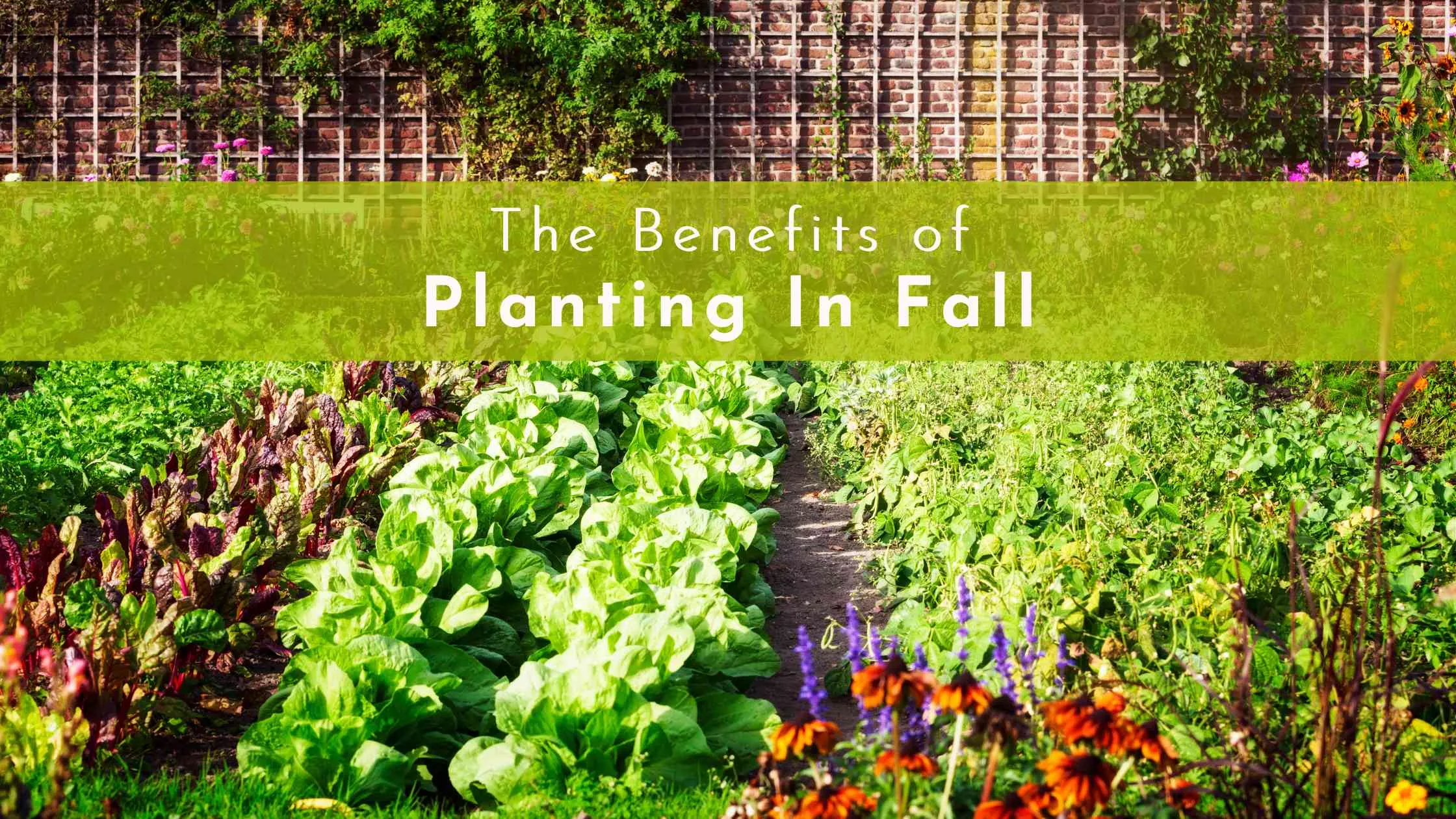
If you’re new to gardening in small spaces or simply want to learn how to maximize your raised bed vegetable garden, you’ll find that fall planting provides a wealth of benefits. Let’s dive into why this season is ideal for your garden and how to make the most of it.
Why Fall Planting is Ideal for Small Space Gardens
Fall planting is ideal for raised beds because it takes advantage of several natural conditions that can help your plants thrive. Raised beds, which naturally warm up faster and drain better than traditional in-ground gardens, are perfect for extending your growing season. In the fall, the soil in your raised bed remains warm enough to support plant growth even as the air cools, making it the perfect environment for cool-season crops.
Raised beds also allow you to easily manage your soil quality, which is essential for a successful fall garden. You can add organic matter and compost to replenish nutrients after your summer harvests, creating a fertile environment for your next round of crops. If you’re new to the concept of raised beds, check out this in-depth guide on why raised garden beds are a great option.
Cooler temperatures and more consistent moisture levels are additional factors that make fall planting a great option for small spaces. Raised beds can dry out more quickly in the summer, but fall's cooler weather reduces evaporation, meaning you won’t need to water as often. Furthermore, pests that thrive in the heat of summer are often less active in the fall, reducing the need for pest control measures. The joy of gardening in these cooler conditions can be a refreshing change and something to look forward to.
For more on managing small space gardens, check out our small space gardening tips.
Best Crops to Plant in Fall
Fall is the season of cool-loving vegetables that thrive in raised beds. Some of the best vegetables to plant in fall include leafy greens like spinach, kale, and lettuce. These vegetables do well in cooler weather and can even tolerate light frost, making them perfect for your autumn garden.
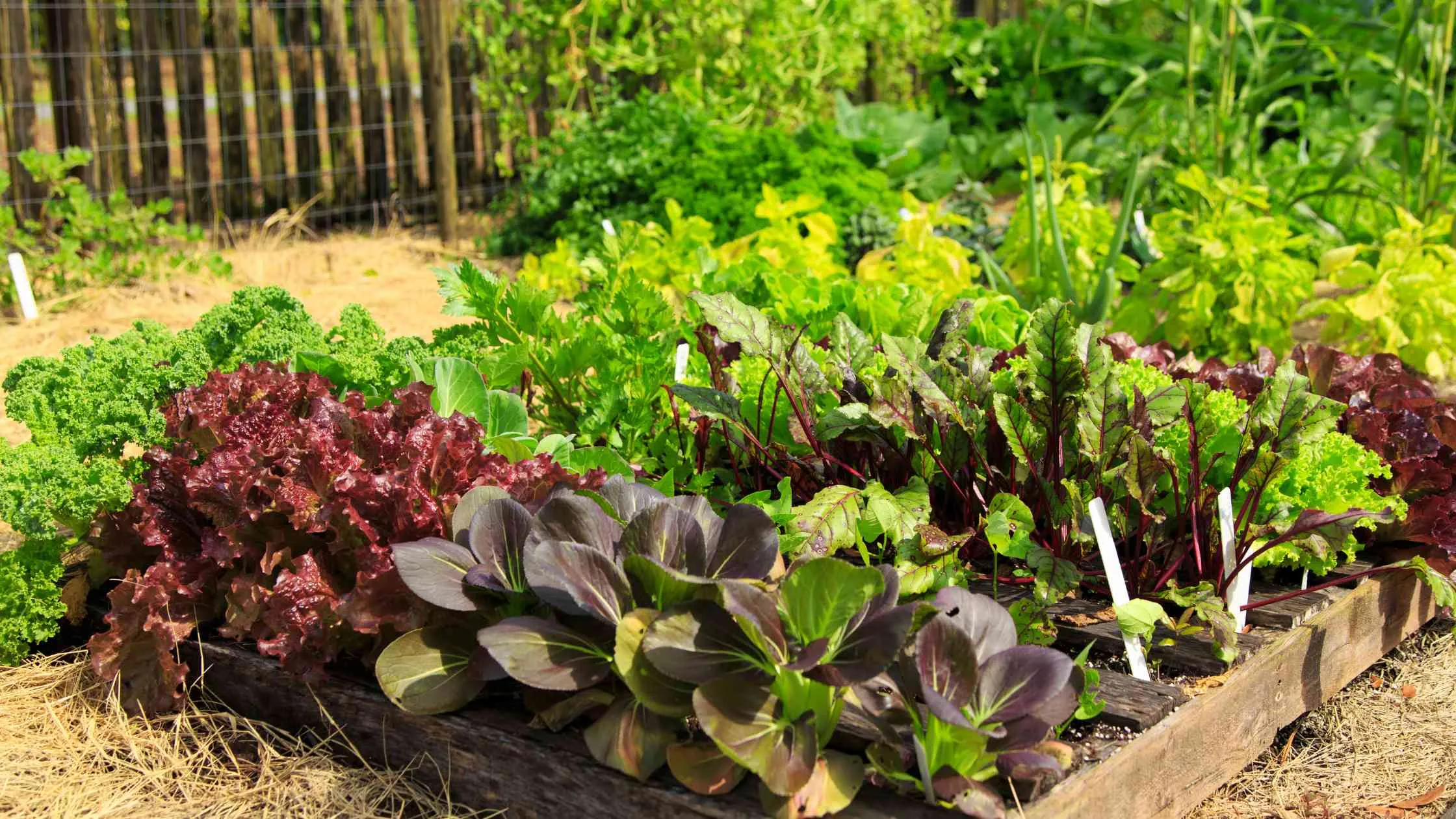
Root vegetables like carrots, beets, and radishes are also excellent choices. They grow well in the loose, well-drained soil of raised beds, and their flavors often improve with cooler temperatures.
Herbs like parsley, cilantro, and chives are also great options for fall planting. They can handle cooler temperatures and are perfect for container or raised bed gardens.
Remember that you can also grow garlic in the fall. Planting garlic in raised beds ensures proper drainage and helps to avoid rot during the wet winter months.
Natural and Organic Benefits of Fall Gardening
Fall gardening lends itself perfectly to organic methods. Raised beds allow you to easily control your soil composition, making adding compost and organic fertilizers simple. Adding organic matter, such as compost, at the start of fall planting will feed your current crops and prepare your beds for spring planting by improving soil structure and nutrient content over the winter.
One of the best advantages of fall planting is the natural reduction in pests, as many garden pests are less active in cooler weather. This means you can rely more on organic pest control methods, such as companion planting and introducing beneficial insects, without the need for synthetic pesticides.
Mulching is another essential fall gardening practice, especially in raised beds. Applying a layer of organic mulch, such as straw or leaves, helps to insulate the soil, retain moisture, and suppress weeds, all while adding organic matter as it breaks down. Using fallen leaves as mulch is an eco-friendly way to protect your soil, and it’s a perfect fit for the organic gardener.
Eco-Friendly Gardening Techniques for Fall
Fall is ideal for incorporating eco-friendly gardening techniques into your raised bed garden. By focusing on sustainable practices, you’ll improve your garden’s health and reduce your environmental impact.
One great technique is to plant cover crops in your raised beds after harvesting your fall vegetables. Cover crops like clover or winter rye help prevent soil erosion, improve soil fertility, and suppress weeds. When you turn them into the soil in spring, they also add valuable organic matter.
In addition, consider using cold frames to extend your growing season even further. Cold frames protect your plants from frost and can help you grow vegetables well into the winter. They are particularly effective in small spaces and raised beds, where they can be easily positioned and managed.
Finally, remember that fall planting supports local pollinators and beneficial insects. Many fall-blooming plants provide essential food sources for pollinators preparing for winter. You can also consider growing edible flowers, beautifying your garden, and attracting beneficial insects.
How to Plan and Prepare for a Successful Fall Garden
Planning is key to a successful fall garden, especially in small spaces. Start by assessing your raised bed and determining what crops can be harvested and which ones need to be removed to make way for fall planting. Timing is crucial – you’ll want to plant your fall crops early enough to allow them to mature before the first frost but not so early that they’re exposed to the last of the summer heat.
Choosing the right crops is also essential. Select vegetables known for thriving in cooler temperatures, and that mature quickly. For example, radishes can be harvested in as little as 25 days, making them perfect for fall planting.

Prepare your soil by adding compost and organic fertilizers to replenish nutrients. It's also important to maintain the health of the soil in your raised beds. Regularly testing the pH level and adding amendments as needed can help ensure that your soil is in the best condition for your fall crops. It's also important to maintain the health of the soil in your raised beds. Regularly testing the pH level and adding amendments as needed can help ensure that your soil is in the best condition for your fall crops.
For more tips on garden planning, including optimizing your small space, check out our post on garden planning.
Maintaining Your Fall Garden
Maintaining your fall garden involves a few essential tasks that will help your plants thrive.
Watering
Watering is crucial, even in cooler weather. As raised beds can dry out quickly, check the moisture levels regularly and water as needed. However, you may find that you need to water less frequently due to cooler temperatures and reduced evaporation.
Mulching
Mulching, as mentioned earlier, is another important step. A thick layer of organic mulch will help retain soil moisture, suppress weeds, and protect your plants from temperature fluctuations. Plus, as the mulch breaks down, it adds valuable organic matter to your soil.
Harvesting
When it comes to harvesting, timing is everything. Many fall crops, such as kale and carrots, actually taste better after a light frost, as the cold helps convert starches to sugars. Monitor your crops closely and harvest them at their peak for the best flavor and nutrition.
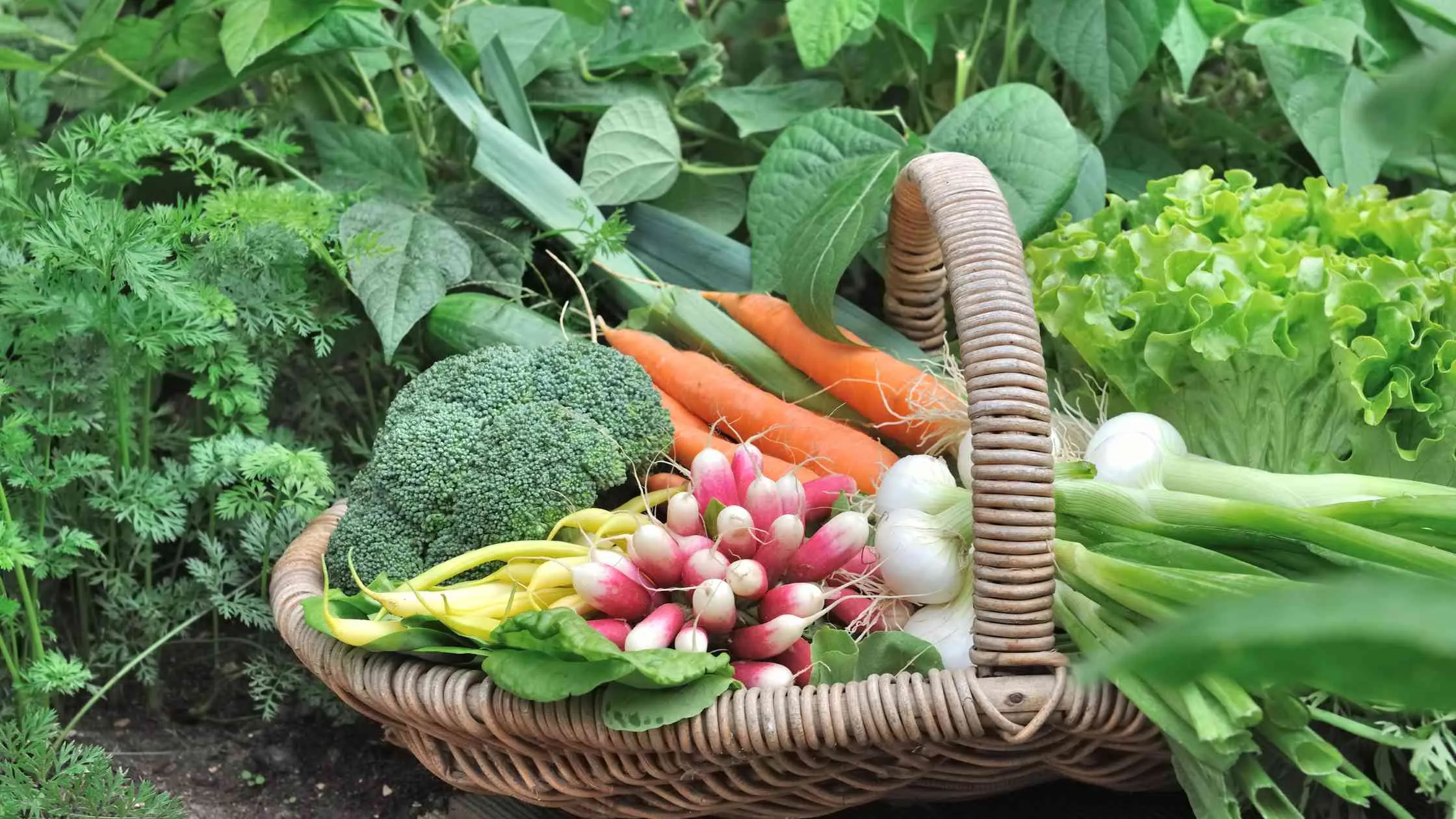
Conclusion
Fall planting in raised bed gardens offers numerous benefits for small-space gardeners. By taking advantage of the cooler temperatures, improved soil management, and reduced pest pressures, you can enjoy a productive and rewarding garden well into the autumn months. From leafy greens to root vegetables, fall offers a wide array of crops you can try.
As you plan and prepare your fall garden, remember to focus on organic and eco-friendly practices that support your garden’s health and sustainability. No matter your experience level, fall is a fantastic time to experiment with new crops and techniques.
For more gardening tips and inspiration, explore our other articles on small-space gardening and discover the joys of fall planting in your raised bed garden. Happy gardening!

